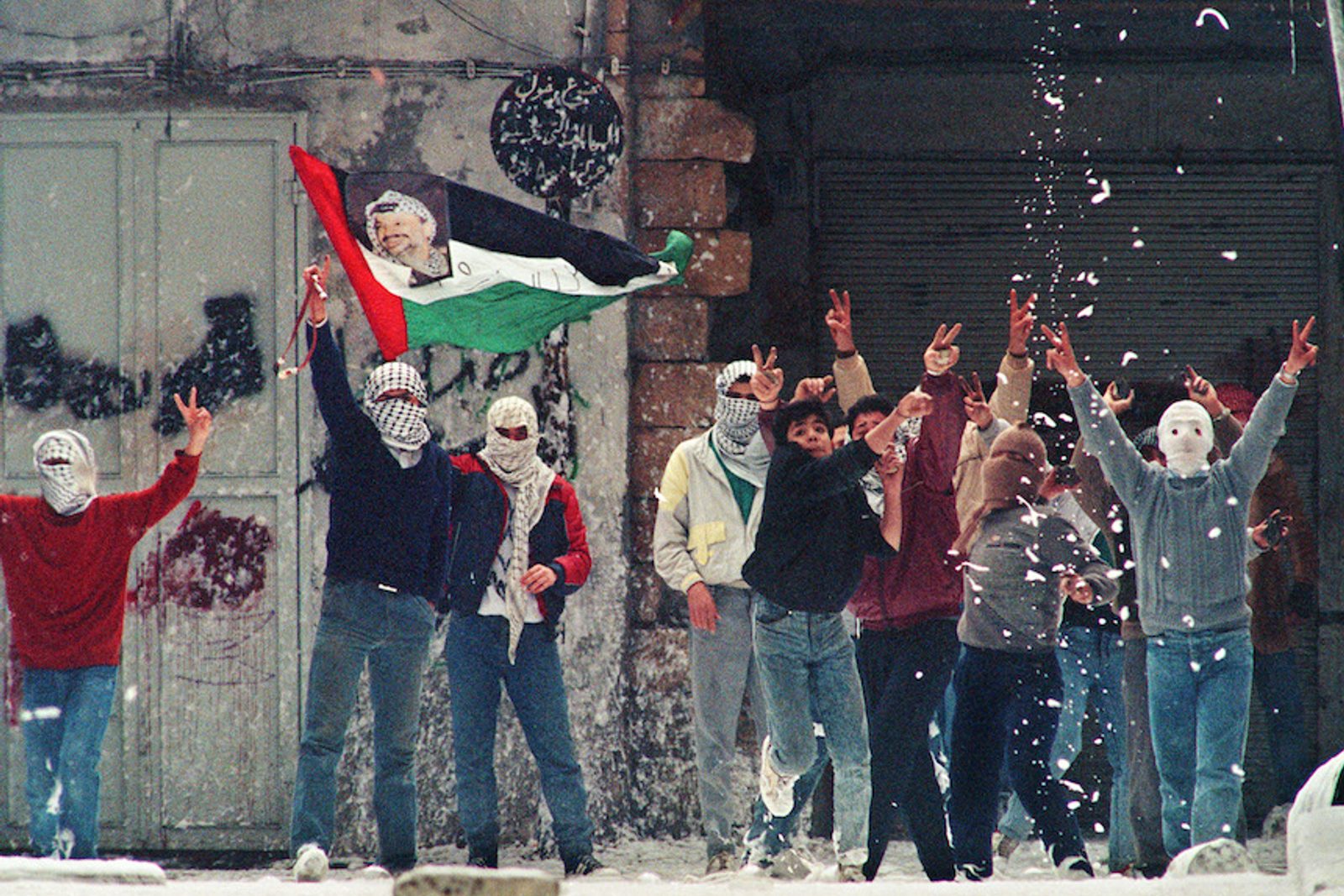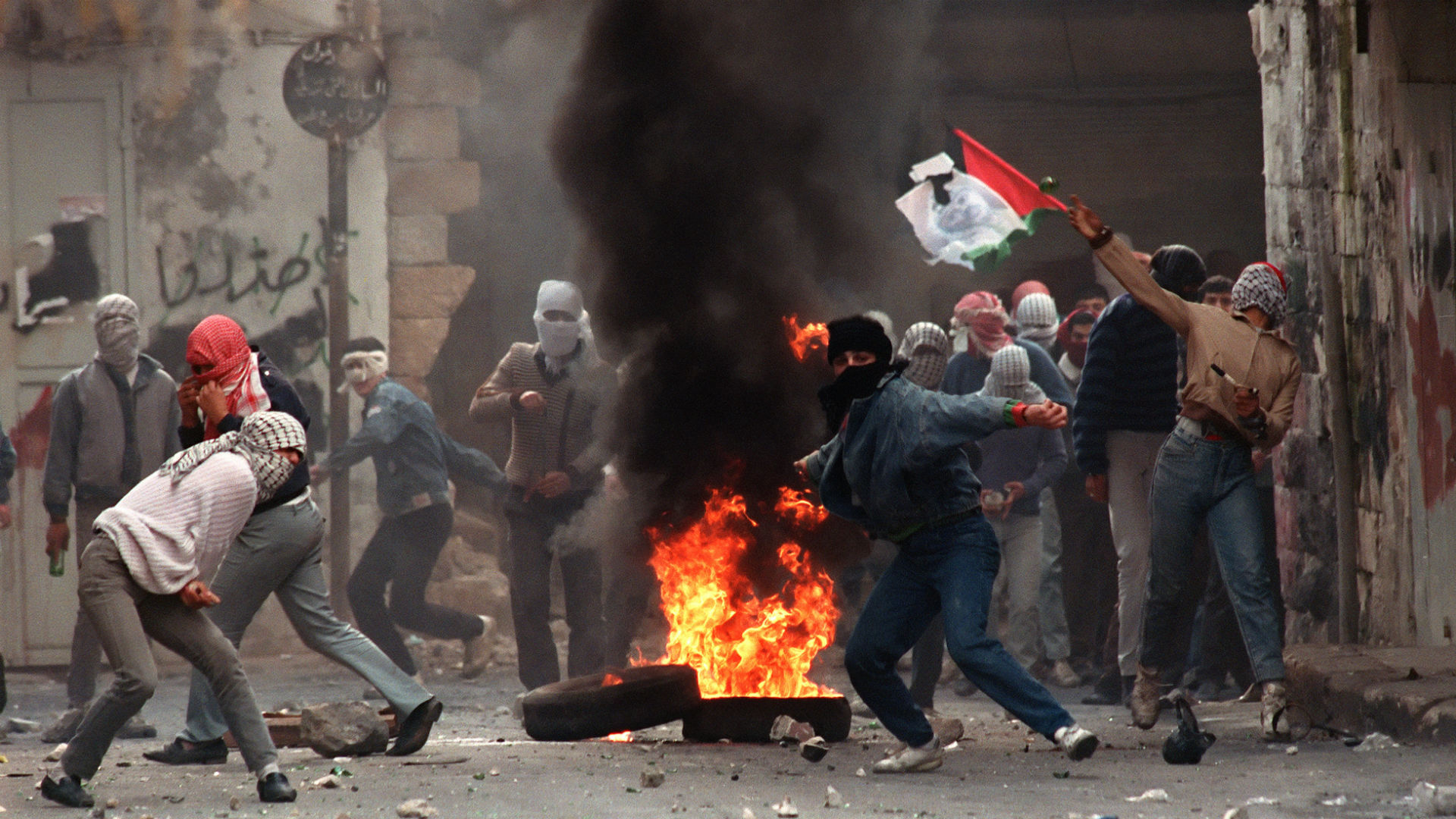- Get link
- X
- Other Apps
Posted by
Prateeti Rath
on
- Get link
- X
- Other Apps
HAMAS
Hamas, also spelled Ḥamās, acronym of Ḥarakat al-Muqāwamah al-Islāmiyyah, English Islamic Resistance Movement, militant Palestinian nationalist and Islamist movement in the West Bank and Gaza Strip that is dedicated to the establishment of an independent Islamic state in historical Palestine. Founded in 1987, Hamas opposed the secular approach of the Palestine Liberation Organization (PLO) to the Israeli-Palestinian conflict and rejected attempts to cede any part of Palestine.
Formation and ideology
From the late 1970s, activists connected with the Islamist Muslim Brotherhood established a network of charities, clinics, and schools and became active in the territories (the Gaza Strip and West Bank) occupied by Israel after the 1967 Six-Day War. In Gaza they were active in many mosques, while their activities in the West Bank generally were limited to the universities. The Muslim Brotherhood’s activities in these areas were generally nonviolent, but a number of small groups in the occupied territories began to call for jihad, or holy war, against Israel. In December 1987, at the beginning of the Palestinian intifada (Arabic intifāḍah, “shaking off”) uprising against Israeli occupation, Hamas (which also is an Arabic word meaning “zeal”) was established by members of the Muslim Brotherhood and religious factions of the PLO, and the new organization quickly acquired a broad following. In its 1988 charter, Hamas maintained that Palestine is an Islamic homeland that can never be surrendered to non-Muslims and that waging holy war to wrest control of Palestine from Israel is a religious duty for Palestinian Muslims. This position brought it into conflict with the PLO, which in 1988 recognized Israel’s right to exist.
Hamas soon began to act independently of other Palestinian organizations, generating animosity between the group and its secular nationalist counterparts. Increasingly violent Hamas attacks on civilian and military targets impelled Israel to arrest a number of Hamas leaders in 1989, including Sheikh Ahmed Yassin, the movement’s founder. In the years that followed, Hamas underwent reorganization to reinforce its command structure and locate key leaders out of Israel’s reach. A political bureau responsible for the organization’s international relations and fund-raising was formed in Amman, Jordan, electing Khaled Meshaal as its head in 1996, and the group’s armed wing was reconstituted as the ʿIzz al-Dīn al-Qassām Forces.
Jordan expelled Hamas leaders from Amman in 1999, accusing them of having used their Jordanian offices as a command post for military activities in the West Bank and Gaza. In 2001 the political bureau established new headquarters in Damascus, Syria. It moved again in 2012, to Doha, Qatar, after leadership failed to support the Assad government in its crackdown on the Syrian uprising.
Position on the peace process
From its foundation, Hamas rejected negotiations that would cede any land. The group denounced the 1993 peace agreement between Israel and the PLO and, along with the Islamic Jihad group, subsequently intensified its terror campaign using suicide bombers. The PLO and Israel responded with harsh security and punitive measures, although PLO chairman Yasser Arafat, seeking to include Hamas in the political process, appointed Hamas members to leadership positions in the Palestinian Authority (PA). The collapse of peace talks between Israelis and Palestinians in September 2000 led to an increase in violence that came to be known as the Aqṣā intifada. That conflict was marked by a degree of violence unseen in the first intifada, and Hamas activists further escalated their attacks on Israelis and engaged in a number of suicide bombings in Israel itself.
In the years after the Aqṣā intifada, Hamas began to moderate its views toward the peace process. After more than a decade of rejecting the foundational principles of the PA, Hamas ran in the 2006 Palestinian legislative elections and subsequently participated in the PA, with indications that it would accept agreements between Israel and the PA. Since then, senior Hamas leaders have repeatedly stated their willingness to support a two-state solution based on pre-1967 borders. This willingness was enshrined in the 2017 Document of General Principles and Policies.
What was the first intifada?
Israel regarded the Palestinian population under its control as largely quiescent even as it went on expanding Jewish settlements in Gaza and the West Bank and expropriating Arab land. Palestinians were also treated as a cheap source of largely manual labour inside Israel.
That illusion was shattered in 1987 as young Palestinians rose up. The uprising was marked by mass stone throwing. The Israeli army responded with large-scale arrests and collective punishments.
The intifada is largely recognised as a success for the Palestinians, helping to solidify their identity independently of neighbouring Arab states and forcing Israel into negotiations.
It also strengthened Arafat’s hand to make compromises with Israel, including adopting the principle of a two-state solution.
Whatever happened to the peace process?
As the first intifada wound down in 1993, the Oslo peace process started with secret talks between Israel and the PLO. Israel’s then prime minister, Yitzhak Rabin, signed an agreement with Arafat aimed at fulfilling the “right of the Palestinian people to self-determination” although Rabin did not accept the principle of a Palestinian state.
The Oslo accords established the Palestinian National Authority, granting limited self-governance over patches of the West Bank and Gaza Strip. Further negotiations were intended to resolve issues such as the status of Jerusalem, the future of the Israeli settlements and the right of return for the millions of Palestinians still classified as refugees after their forebears were never permitted to return to their homes.
Some prominent Palestinians regarded the accords as a form of surrender while rightwing Israelis opposed giving up settlements or territory.
Among Israelis, the political charge against Oslo was led by future prime ministers Ariel Sharon and Benjamin Netanyahu, who fronted rallies at which Rabin was portrayed as a Nazi. Rabin’s widow blamed the two men for her husband’s assassination by an ultranationalist Israeli in 1995.
What caused the second intifada?
Peace negotiations sputtered along until the failure of Bill Clinton’s attempts to broker a final deal at Camp David in 2000, which contributed to the outbreak of the second intifada. The uprising was markedly different from the first intifada because of widespread suicide bombings against Israeli civilians launched by Hamas and other groups, and the scale of Israeli military retaliation.
By the time the uprising ended in 2005, more than 3,000 Palestinians and 1,000 Israelis were dead.
The political ramifications of the intifada were significant. It led to a hardening of attitudes among ordinary Israelis and the construction of the West Bank barrier. But it also prompted then prime minister Ariel Sharon to say that Israel could not go on occupying the Palestinians’ territory – although he did not say that the alternative was an independent Palestinian state.
.png)



Comments
Post a Comment